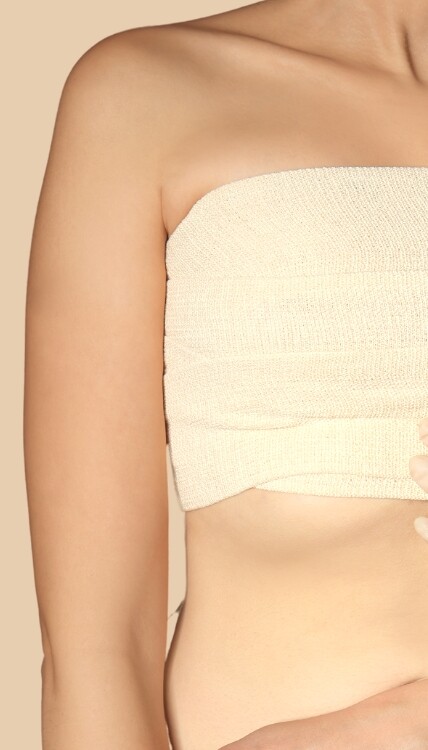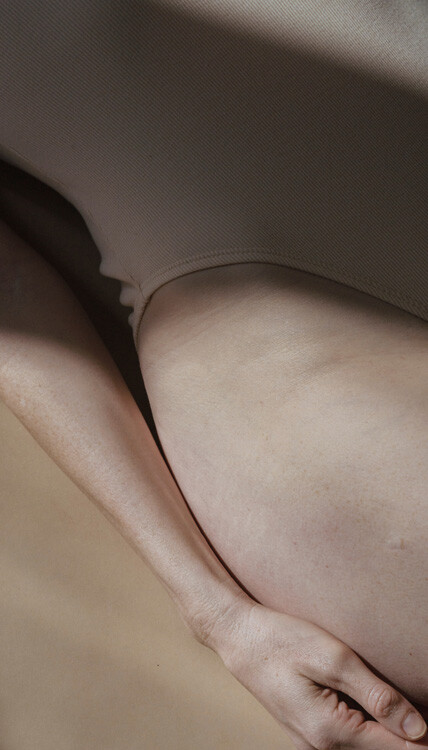Key Takeaways:
- Swelling is to be expected after breast augmentation surgery and can take several weeks to fully resolve.
- Patients should follow their doctor’s instructions regarding wound care, rest, and activity to ensure a safe and successful recovery.
- Adequate hydration and a healthy diet can help support the body’s healing process.
Breast augmentation is a surgical procedure that involves the placement of implants in the breast tissue to increase the size and improve the shape of the breasts. In this video, Dr. Effie Politis of Politis Plastic Surgery provides information on what patients can expect during the recovery and aftercare period.
Dr. Politis mentions that the best view of the breasts can be obtained right after surgery, before swelling sets in. She also mentions that some swelling is to be expected for about two to three weeks following the surgery. Swelling can surprise some patients who may think it is too much, while others may actually like the swelling.
The length of time that swelling lasts after surgery depends on where the implant is placed. Dr. Politis notes that most implants are placed in a dual plane, partially under the muscle. If a patient has not undergone a mastopexy (breast lift), they will usually have a small incision in their inframammary fold.
Regarding aftercare, Dr. Politis stresses the importance of wound care. She reminds patients that incisions begin to heal within 24 hours, so they can take a shower after a day. However, they should avoid soaking in bathwater or swimming until cleared by their doctor. Patients can typically begin swimming four to six weeks after surgery, once they have been cleared by their doctor.
Dr. Politis also notes that the tensile strength of the wound reaches about 80% in six weeks, which is when patients can gradually resume more aggressive activities, such as lifting weights and fitness training.
Breast augmentation is a popular cosmetic procedure, with over 300,000 surgeries performed in the United States in 2020 alone. While the procedure is generally safe, it is important for patients to understand the recovery and aftercare process.
One of the most common concerns after breast augmentation surgery is swelling. As Dr. Politis notes, some swelling is to be expected, and it can take several weeks for it to fully resolve. Patients should follow their doctor’s instructions regarding wound care and avoid soaking in water until cleared by their doctor.
Another important aspect of breast augmentation recovery is rest. Patients should take time off from work and other activities to allow their body to heal. It is also important to avoid lifting heavy objects or engaging in strenuous activities until cleared by their doctor.
In addition to rest and wound care, patients should also be mindful of their diet and hydration. A healthy diet and adequate hydration can help support the body’s healing process.
In conclusion, breast augmentation is a popular cosmetic procedure that can provide significant improvements in breast size and shape. However, it is important for patients to understand the recovery and aftercare process. Following their doctor’s instructions regarding wound care, rest, and activity can help ensure a safe and successful recovery.
TRANSCRIPTION:
Hi, my name is Dr. Effie Politis with Politis Plastic Surgery.
Breast augmentation on table, I get the best view before swelling sets in, so that’s probably
the most accurate.
That’s why we set the patient up, making sure things are overall even and symmetric.
You can expect some swelling generally for about two to three weeks.
Sometimes the patients are surprised by the swelling and think it’s too much, and then
other times, you know, when three weeks roll by, they are like, oh, we like the swelling.
Does swelling last for two to three weeks?
It all depends on where the implant’s placed.
Most of them are placed in what’s called a dual plane, so partially under the muscle.
If they have not undergone a mastopexy, they usually just have a very small incision in
their inframammary fold.
They can swim after four weeks after they’re cleared by me.
I do look at all the incisions in the breast tissues.
I always remind the patients that wounds in general, or incisions, start to epithelialize
in 24 hours, so they can take a shower after a day.
They cannot soak themselves in bathwater or anything.
They can swim when we release them around four to six weeks, but in general, the tensile
strength of their wound reaches about 80% in six weeks, so at that time, they can kind
of continue their more aggressive activities if they’re into fitness, lifting weights,
things of that nature.
Thank you.
References:
- “How to Reduce Bruising & Swelling After Plastic Surgery | Richmond ….” https://montanteaesthetics.com/blog/how-to-reduce-bruising-swelling-after-plastic-surgery/.
- “Can you speed up your recovery after plastic surgery? | ASPS.” 26 May. 2022, https://www.plasticsurgery.org/news/blog/can-you-speed-up-your-recovery-after-plastic-surgery.
- “When is it safe to swim after cosmetic surgery? – Dr. Pancholi.” 13 Jul. 2016, https://www.drpancholi.com/blog/when-is-it-safe-to-swim-after-cosmetic-surgery/.


